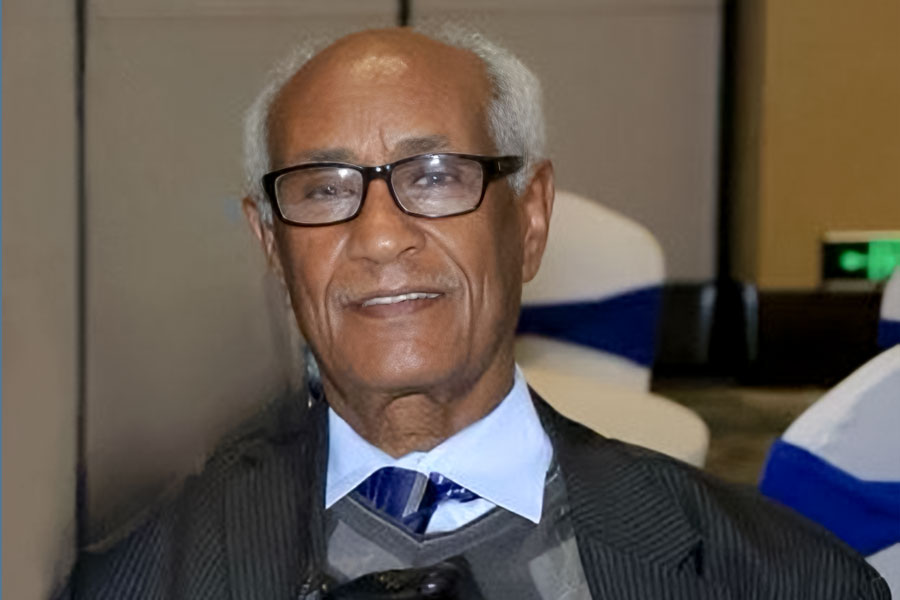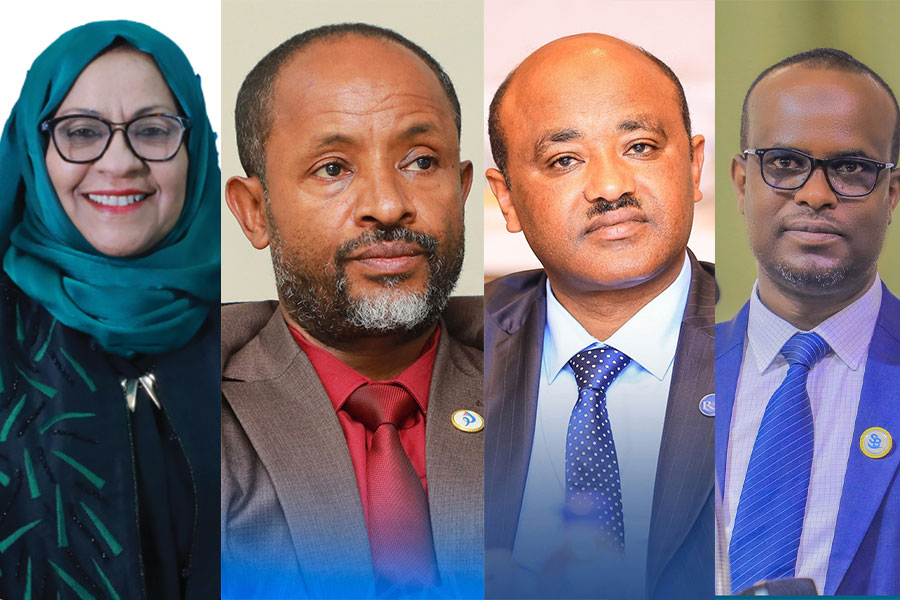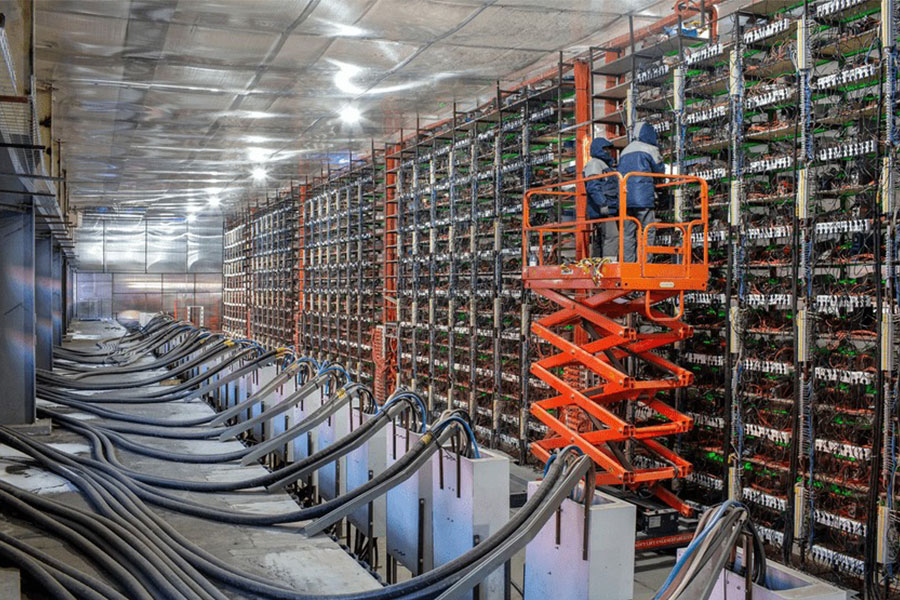
Commentaries | Sep 02,2023
Apr 22 , 2023.
Ethiopia remains a country with a literacy rate of over 50pc, compared to Kenya’s 82pc. It did not stop the World Bank from commending the substantial progress made in the social services sector, particularly in higher education. Ethiopia has been praised for its impressive achievements, with successive governments heavily invested in education. Emperor Haile Selassie had even served as education minister at one point.
With around 70pc of Ethiopia’s population of over 100 million under the age of 30 and nearly half under the age of 15, it was logical for its governments to prioritise investments in health and education. Consequently, over 80pc of boys and girls enrol in primary schools, although millions of children in northern Ethiopia have been deprived of education due to ongoing conflict. Over 30pc have attended secondary schools, and eight percent are enrolled in the country’s numerous public and private higher education institutions.
The last two decades have seen a remarkable transformation, with Ethiopia now boasting more than 40 public universities and over 220 private colleges, compared to a mere three previous public universities two decades ago. The country currently invests five percent of its GDP, equivalent to nearly six billion dollars, in education.
However, the quality of education remains a contentious issue. A recent public uproar followed the revelation that a shocking proportion of high school students failed the college entrance exam for the current academic year. A World Bank review discovered that almost 55pc of Grade 12 students did not achieve basic competency. These disheartening findings underscore the decline in teaching quality, poor productivity in research outputs (with only 0.3pc of GDP allocated to research and development), and the weak connection between education and the market.
Several reasons have been suggested for these issues, including the lack of academic freedom and the absence of institutional autonomy within higher education institutions.
For over a century, Ethiopia’s modern education governance has been highly centralised, a model believed by its early designers to ensure consistency and coordination across institutions. They posited that a central authority would provide a uniform educational system with standardised policies and practices throughout the country.
A central authority can indeed play a vital role in allocating financial resources, such as public funding, research grants, scholarships, and infrastructure investments. It may enforce standards and accountability measures by establishing accreditation agencies, conducting periodic reviews and inspections, and monitoring performance metrics. A centralised governance model may align educational institutions with national priorities and goals, granting the state greater control over the direction of higher education and research.
Nonetheless, centralised educational governance can also impede the flexibility of colleges and universities to adapt to local needs or explore innovative approaches. It is thus essential to consider a hybrid model that includes both autonomous and centrally governed institutions, balancing the drawbacks of centralised governance. The merits of autonomous universities and colleges have gained traction in public discourse and demand. Addis Abeba University, the oldest and the most prominent higher education institution, has its leaders focused on achieving this goal.
Autonomous institutions are free to govern themselves, make their own decisions on academic matters, and operate independently from the state or other external authorities. They are responsible for managing their finances, setting curricula, and determining admission criteria. This independence can diversify funding sources, reduce reliance on state funding, and ensure long-term stability through research grants, endowments, and philanthropic donations.
Such institutions can more effectively adapt to an ever-changing society, fostering a more agile and responsive learning environment. They can swiftly modify academic programs and introduce new disciplines to address emerging market needs. In a competitive global market, these institutions can operate more efficiently by making decisions based on unique demands and priorities, unencumbered by the state bureaucracy.
With the freedom to set admission standards, recruit faculty members of their choice, and establish strategic partnerships with industry, autonomous institutions are better equipped to enhance the quality of education. Autonomy in administration and management can help promote a culture of excellence and academic rigour.
However, autonomy must be balanced with appropriate regulatory oversight and accountability mechanisms to ensure institutions continue serving the public interest and maintaining high-quality education standards. Without adequate regulatory oversight, colleges and universities may fall into unhealthy competition for resources, resulting in stratification. Well-funded institutions with strong reputations continue to thrive, while less privileged institutions struggle to survive, exacerbating societal disparities.
Autonomous education institutions may also feel compelled to increase tuition fees and other charges to maintain financial sustainability, making tertiary education less affordable for many students. This increase in fees aggravates inequalities and hinders access to higher education for those from low-income backgrounds. The disadvantaged face limited access to quality education.
Although autonomous institutions have greater control over their finances, this may also lead to mismanagement or misuse of funds. In the absence of proper checks and balances, financial scandals or crises could negatively impact the institutions’ reputation and education quality.
There is a risk of eroding public accountability, where leaders of higher institutions prioritise financial interests over social mobility and equity in education. A hybrid model that combines the strengths of both approaches could be implemented to address these risks and balance autonomy and centralised governance.
Ethiopia’s impressive progress in higher education must not overshadow the urgent need to improve the quality of education. In a hybrid model, policymakers in the education sector can balance the drawbacks of centralised governance while fostering innovation, adaptability, and a culture of excellence. This approach may ensure that Ethiopia’s education system can continue to thrive and serve the best interests of its rapidly growing population.
As Ethiopia continues to navigate the complexities of its educational landscape, educational policymakers need to work collaboratively to ensure that the hybrid model is thoughtfully implemented. This collaboration should include dialogue and input from various educators, administrators, students, parents, and industry partners. Such inclusivity helps create an educational system that reflects and addresses the diverse needs and aspirations of the country’s youthful population.
The hybrid governance model should also incorporate mechanisms for sharing best practices and lessons learned between autonomous and centrally governed institutions. This can foster a culture of continuous improvement and ensure that all institutions benefit from the experiences and insights of their peers. The state should develop and implement policies to reduce income-based disparities in access to education. This may include providing targeted financial aid, scholarships, and loan programs to support students from low-income backgrounds in pursuing higher education.
Policymakers should be serious about robust monitoring and evaluation systems to track the progress and impact of the hybrid model on educational outcomes. This enables them and those interested in the education sector to identify successes and challenges and make data-driven decisions to improve the system further.
By adopting a hybrid model that balances autonomy and centralised governance and addressing the challenges facing its higher education sector, Ethiopia can build a more resilient and equitable future for its youth. This approach can contribute to its ongoing social and economic evolution, ensuring that Ethiopia becomes a model for other countries striving to achieve similar progress.
PUBLISHED ON
Apr 22,2023 [ VOL
24 , NO
1199]

Commentaries | Sep 02,2023

Fortune News | May 02,2020

Obituary | Feb 10,2024

Viewpoints | Oct 19,2019

Radar | Aug 20,2022

Fortune News | Mar 23,2024

Radar | Apr 09,2022

Viewpoints | Aug 09,2025

My Opinion | Jul 13,2020

Obituary | Mar 02,2024

Photo Gallery | 180956 Views | May 06,2019

Photo Gallery | 171149 Views | Apr 26,2019

Photo Gallery | 162290 Views | Oct 06,2021

My Opinion | 137339 Views | Aug 14,2021

Dec 22 , 2024 . By TIZITA SHEWAFERAW
Charged with transforming colossal state-owned enterprises into modern and competitiv...

Aug 18 , 2024 . By AKSAH ITALO
Although predictable Yonas Zerihun's job in the ride-hailing service is not immune to...

Jul 28 , 2024 . By TIZITA SHEWAFERAW
Unhabitual, perhaps too many, Samuel Gebreyohannes, 38, used to occasionally enjoy a couple of beers at breakfast. However, he recently swit...

Jul 13 , 2024 . By AKSAH ITALO
Investors who rely on tractors, trucks, and field vehicles for commuting, transporting commodities, and f...

Nov 2 , 2025
The National Bank of Ethiopia (NBE) has scrapped the credit-growth ceiling that had s...

Nov 2 , 2025 . By SURAFEL MULUGETA
The burgeoning data mining industry is struggling with mounting concerns following th...

Nov 2 , 2025 . By YITBAREK GETACHEW
Berhan Bank has chosen a different route in its pursuit of a new headquarters, opting for a transitional building instea...

Nov 2 , 2025 . By BEZAWIT HULUAGER
Nib International Bank S.C. has found itself at the epicentre of a severe governance...